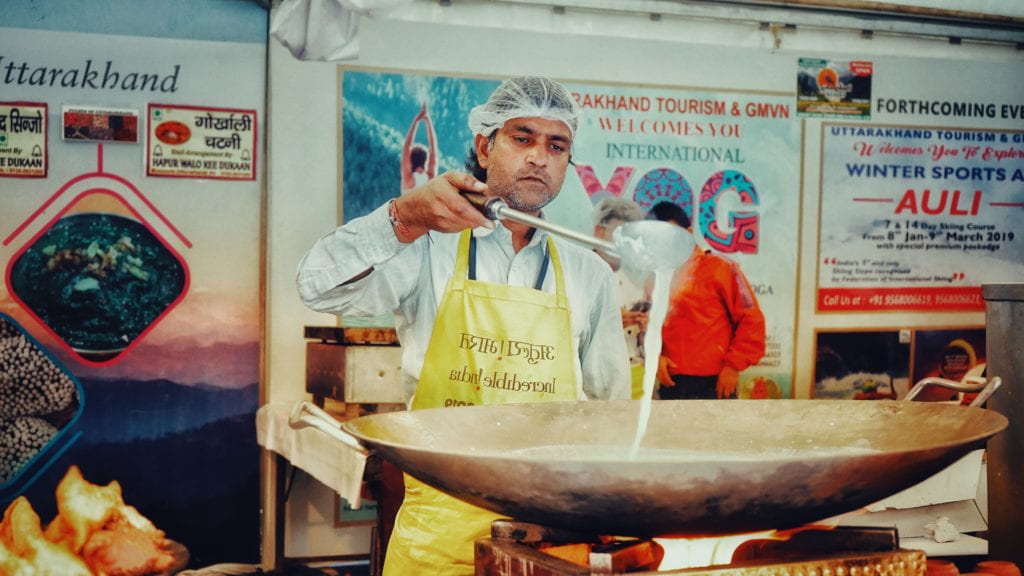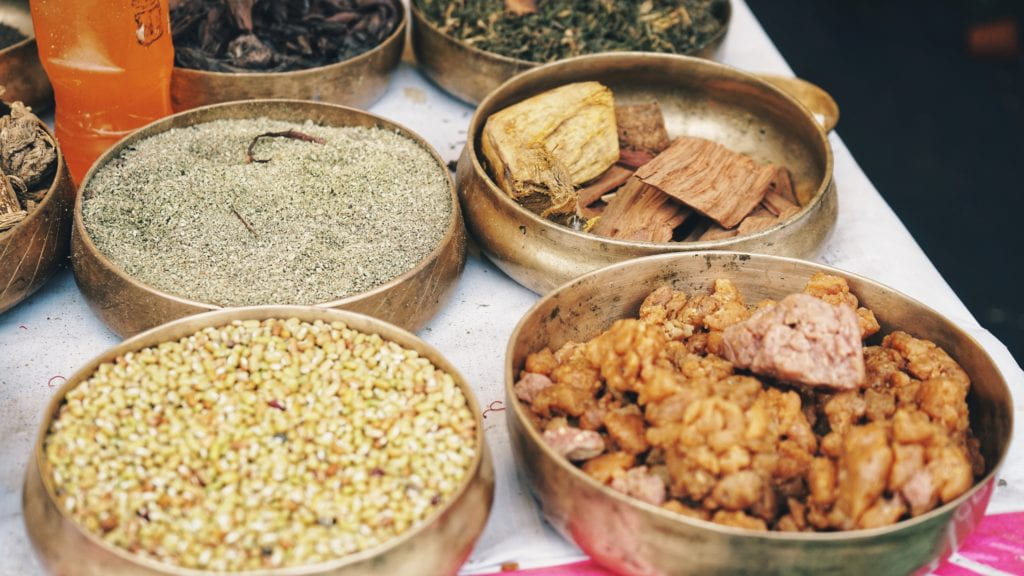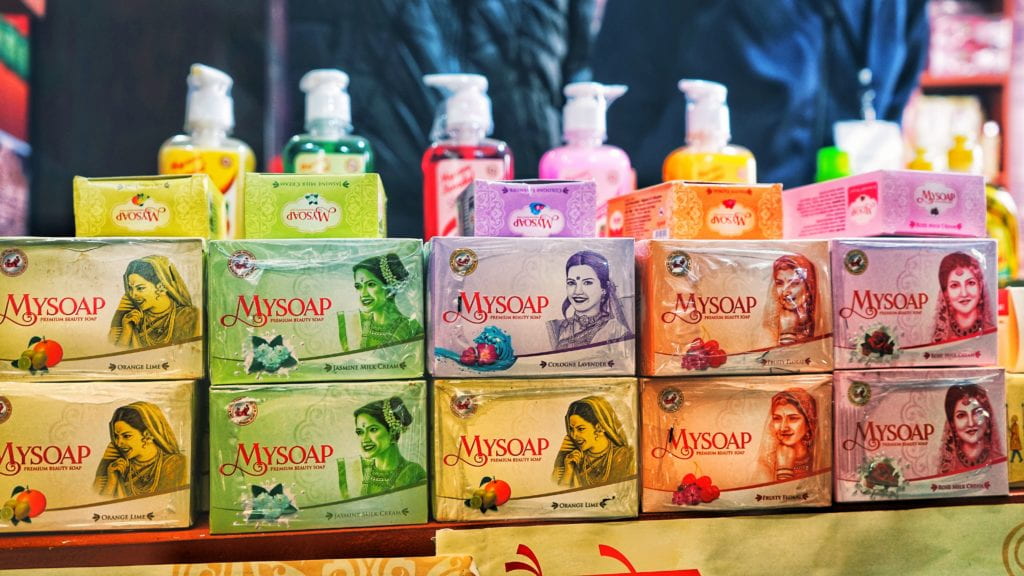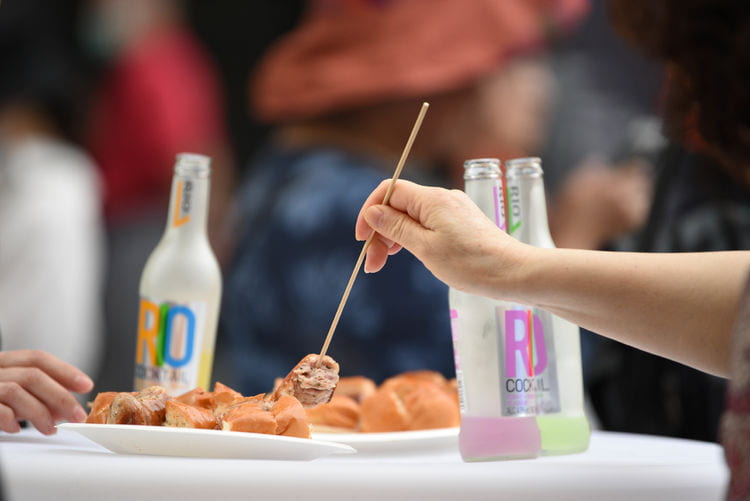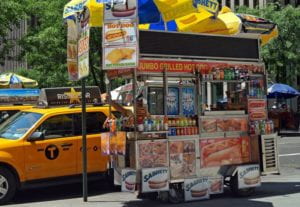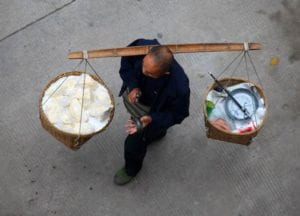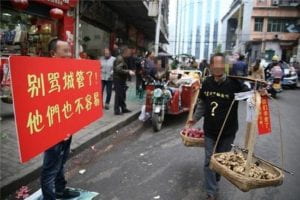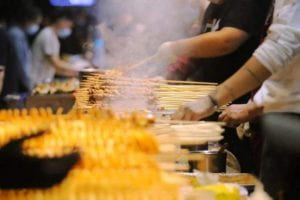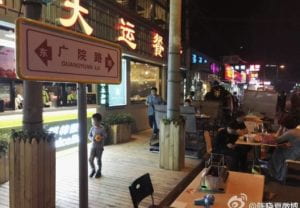The food stands suddenly disappeared after the summer holiday of 2016.
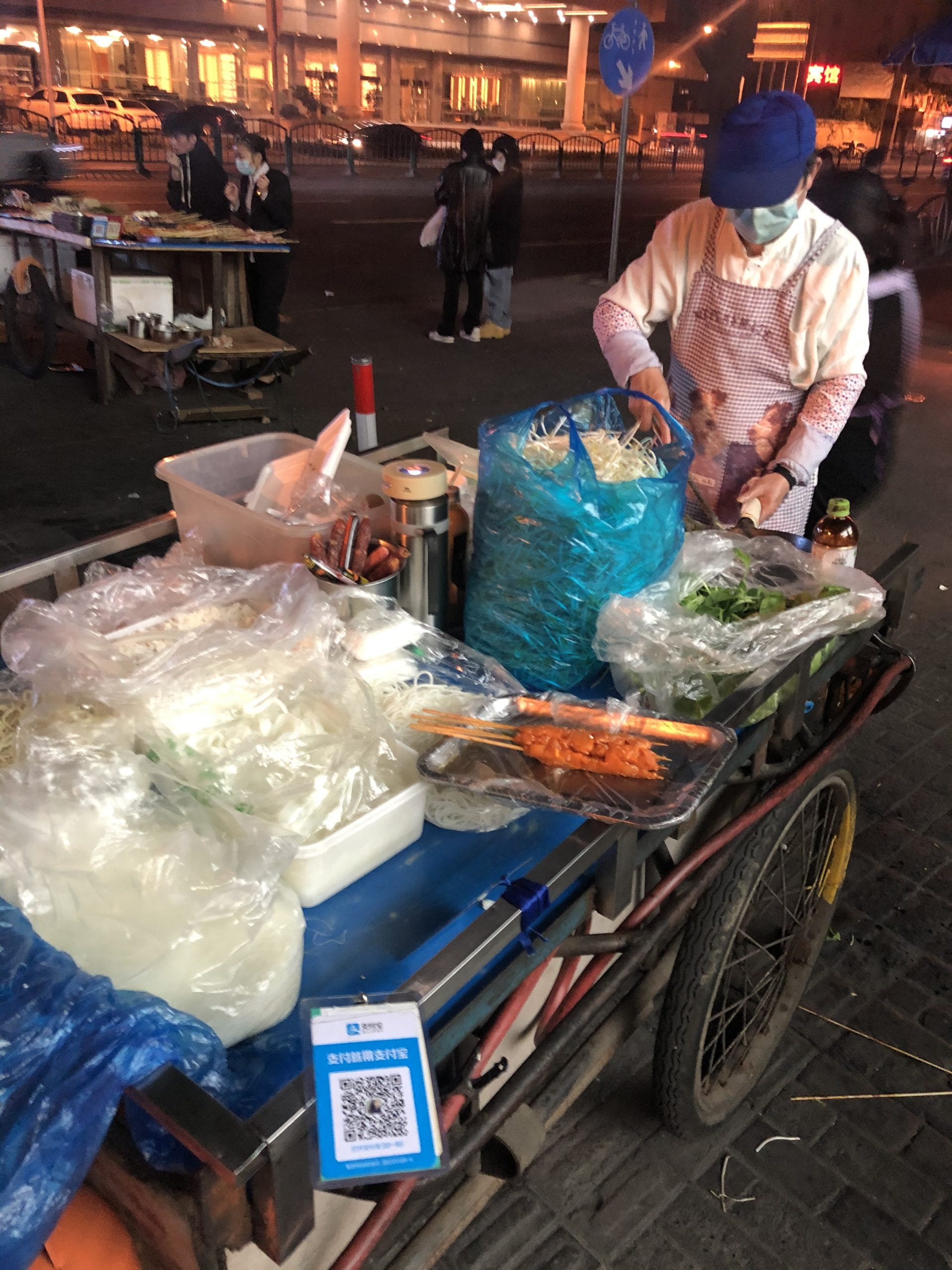
I was a sophomore in ECNU (Minhang Campus) back then. When I entered the college in 2015, the food stands around our school were flourishing. You can find different types of food like Rou Jia Mo, dumplings, grilled tofu, deep-fried, Kao Leng Mian, fried rice noodles, etc. I can literally list all kinds of food stands that appeared around my school since I am a huge fan of food stalls. Some of the stall owner became my friends later because of my regular appearance.
However, something prophetic happened before that summer, which gradually raised our students’ awareness that these food stalls may no longer be permitted in this area. Before, authorities, known as city management officer (Chengguan), in most cases, would turn a blind eye to these vendors since the atmosphere in the neighborhood of universities is relatively special. College students has a great demand on these stalls because the stuffs sold there are cheap and students do not have to go far away to buy those essentials, which considerably add to the comfort and convenience of the general public. Most importantly, it encouraged the vitality and diversity in university neighborhood when Minhang campus back then was surrounded by farmland and construction site. The urbanization there hasn’t took place until 2016, the first shopping mall in our neighborhood came into use. Since then, houses, subways, overpasses mushroomed. It seems that that area was finally taken into municipal consideration and urbanization planning.
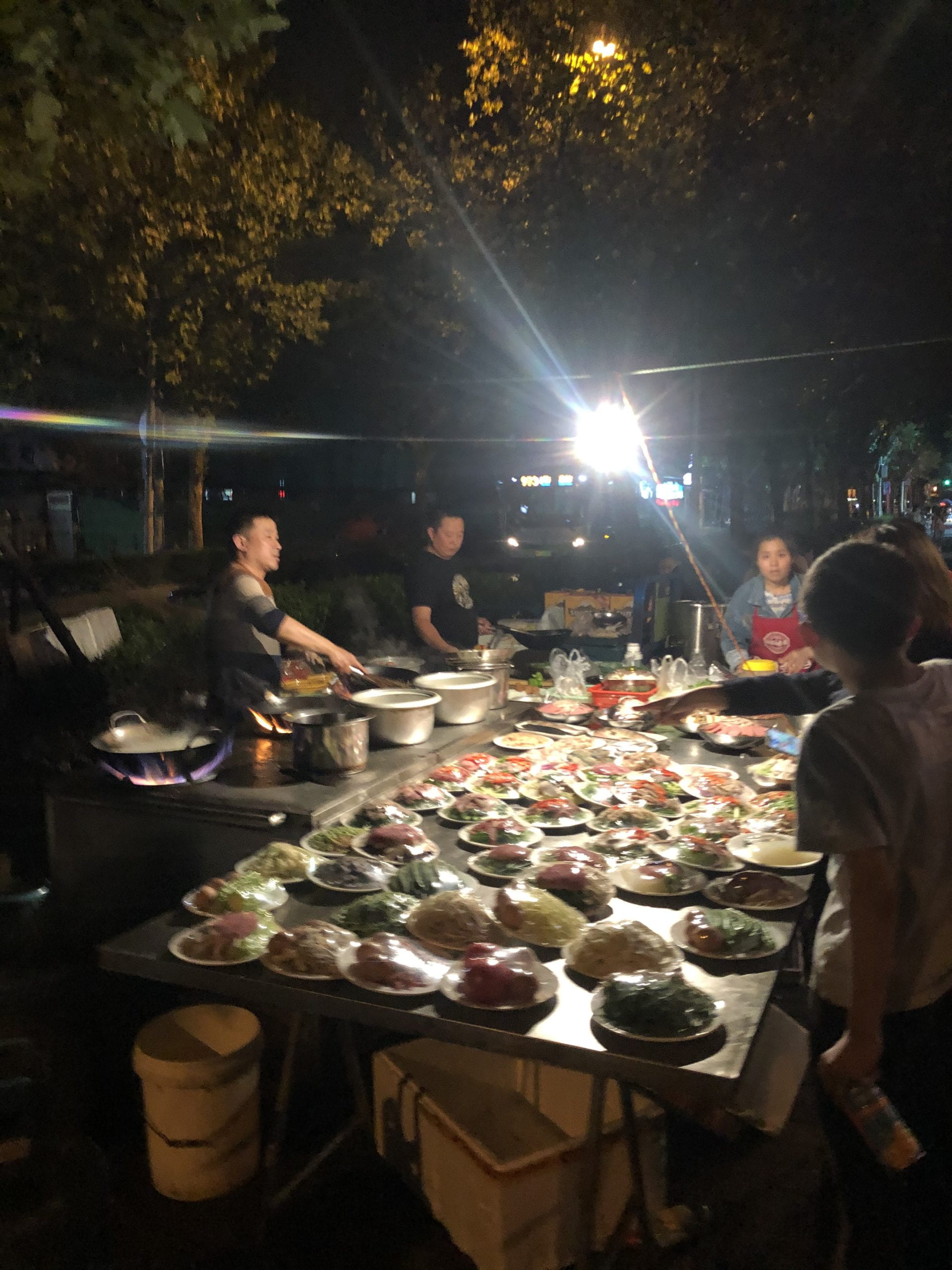
One day, I was buying some deliciousness between those food stalls, city management officers (Chengguan) suddenly showed up. Instead of sitting in their cars labeled “Shanghai Chengguan”, chatting and smoking, they walked out and were trying to confiscate the portable tables around the stalls. The crowd fell into completely disorder and chaotic. Those who hadn’t been reached rapidly got packed and rode way, with tofu on the pan sizzling. And here came most ridiculous scenario: groups of students followed behind, trying to catch up with the electric tricycle across the six-lane road, in that they had paid for the food but didn’t get it. I was absolutely one of them and finally found the vendor in the wood of a park nearby.
This typical cat-and-mouse game with municipal workers chasing street vendors was also shot in many domestic film and television product. View here. And I haven’t seen most of those vendors since that summer, while some of them who were still trying to make a living here, rent a storefront to continue. With loans, definitely.
After years of suppression of these vendors and stalls in cities, on June 1st of 2020, Premier Li Keqiang said that the stall economy is “the fireworks of the world, the vitality of China” during an inspection in Yantai, Shandong, and expressed his positive attitude towards the stall economy. Subsequently, the central government canceled the assessment of urban land stalls, and local governments gradually liberalized them to allow stall economy. The core reason for the liberalization of the stall economy is probably to stabilize the employment situation under the impact of the corona pandemic. At the press conference of the first quarter of 2020 by the Ministry of Human Resources and Social Security, Zhang Ying, Director of the Employment Promotion Department, said: “From January to March this year, 2.29 million new jobs were created in cities and towns across the country, and the unemployment rate in the national urban survey in March was 5.9%. The employment situation is more severe than in previous years.”
We know that setting up a street stall, benefiting from its low cost, convenient and quick advantages, is the best way for the unemployed and laid-off workers at the bottom to make a living. However, the stall economy was once banned in the city due to problems affecting the appearance of the city. Therefore, this time, the governors not only want the stalls to give the city a “ life breathing atmosphere”, but also to keep the appearance of the city relatively clean, which in the end calls out a gathering and collective stalls —— “night market”.
I highly doubt the function and prosperity of these “night markets”. On one hand, food stalls grow up with the streets and neighborhoods, which stands for the breath of life in the vicinity. And gathering them together chokes it. On the other hand, this solution seems not that effective in the long term, more like a stopgap remedy. The stall itself has the attribute of “emerging and perishing of itself”. It does not pay taxes, has no fixed income, work location, and legal protection. It is understandable for individuals to set up stalls for their livelihood, but stalls are definitely not an ideal “economic form” because of its liquidity, temporary nature. Street stalls will make life easier for some people, but they will not make “economic prosperity”. “Developing the stall economy” itself implies a paradox. The stalls must be individual and scattered, and cannot be planned and “developed”. The organized stall, like a “night market”, is no longer a stall, but something that can be organized and built, which on the other hand can also be banned in an organized manner. This kind of carnival of “all people setting up a street stall” and the “romantic” atmosphere deliberately conveyed by the media have concealed economic and social problems. Persuade the unemployed to go to the street, and thus “unemployment problem” is solved?
